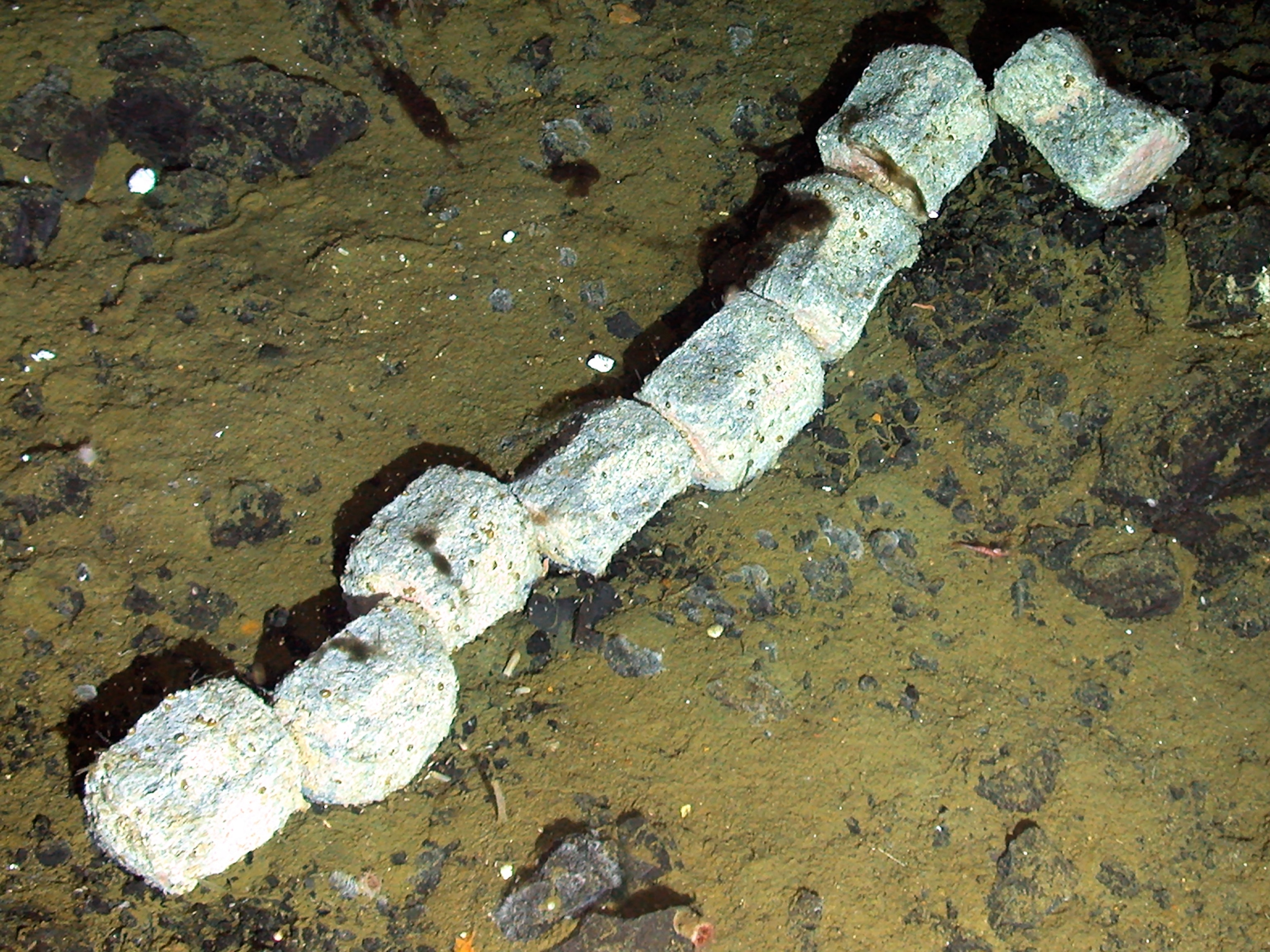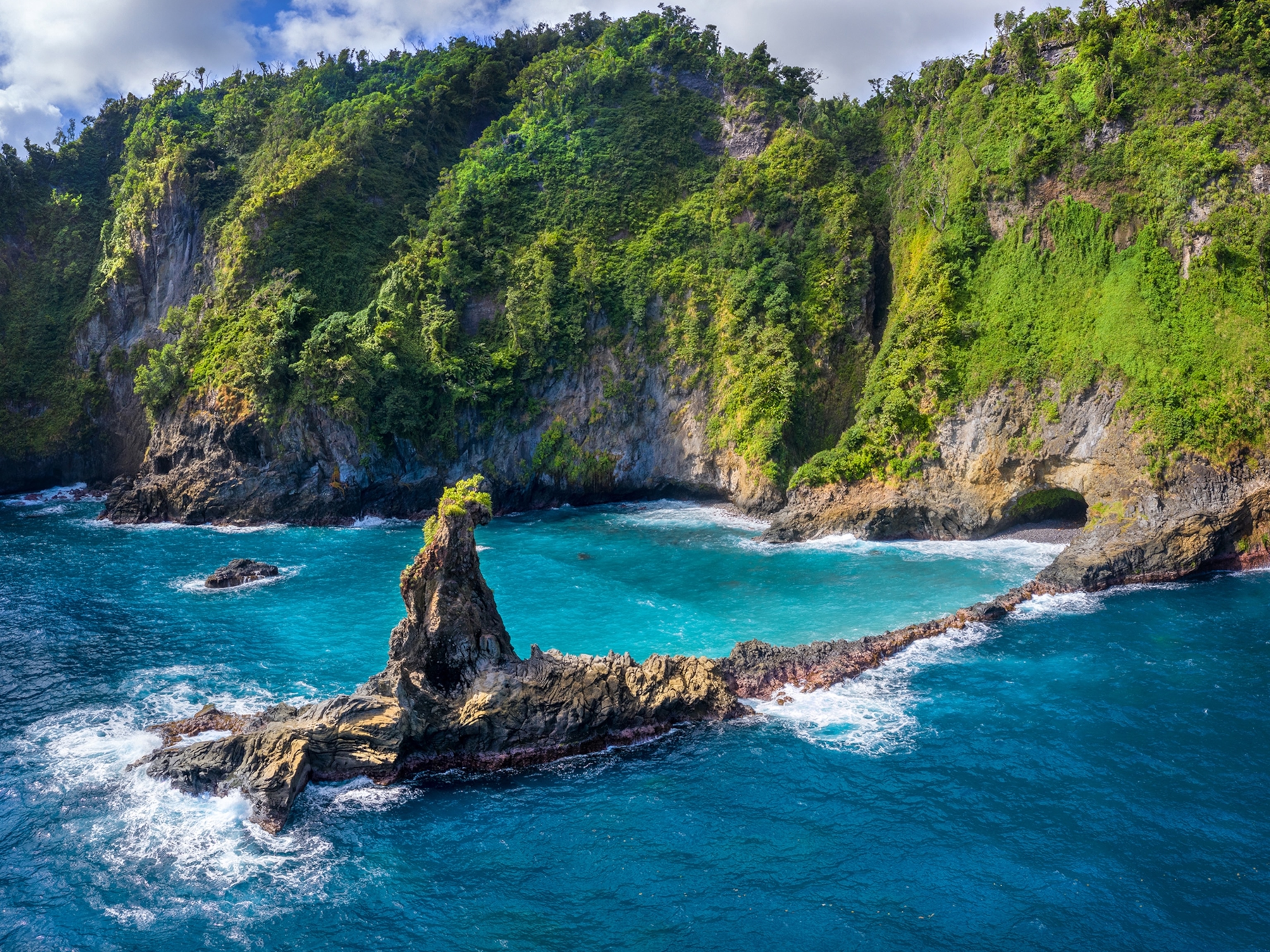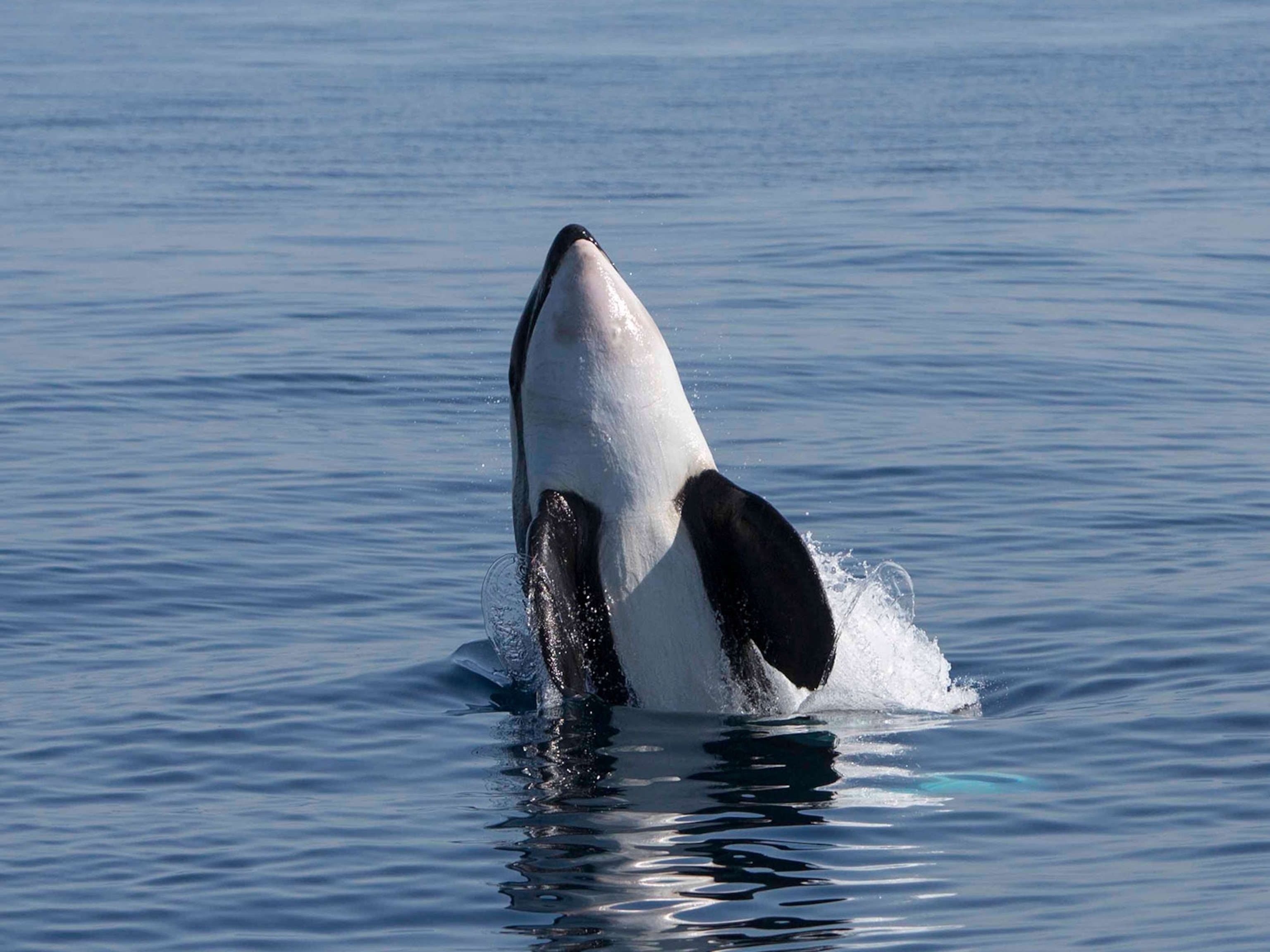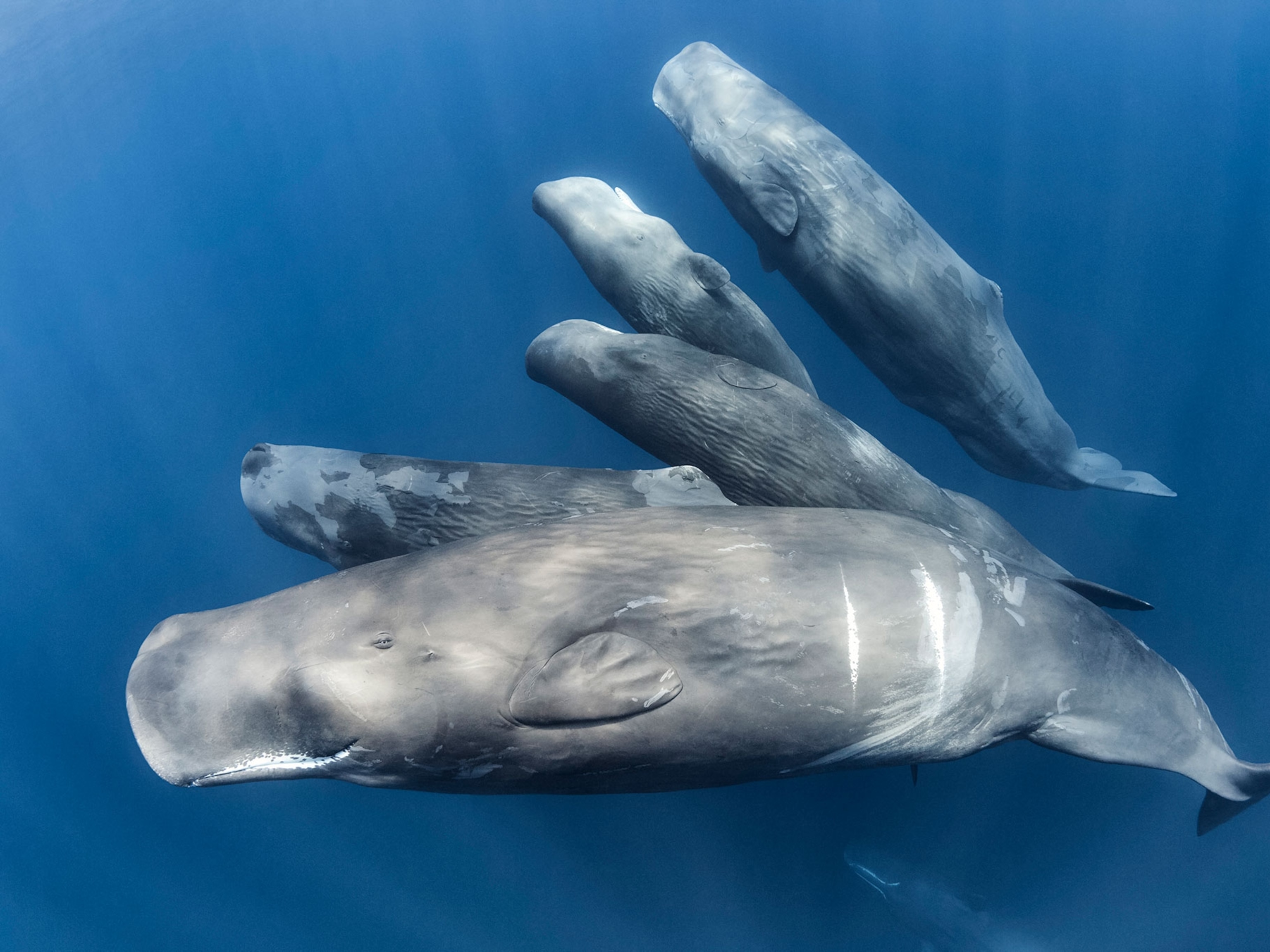
Dead Whale Contains a Bounty of Life
Researchers discover nine new species of marine organism on a whale carcass.
A dead whale is a cozy place to live. In death, splayed over the seafloor, the massive marine mammals offer deep-sea organisms an embarrassment of blubbery and bony riches that feed entire communities of unusual creatures for decades.
One such bottom buffet was found in 2010 by researchers aboard the R.R.S. James Cook as they guided a remotely operated vehicle over the seafloor around Antarctica's South Sandwich Islands (map), the first whalefall ever seen in the vicinity of the continent.
Even better, Natural History Museum, London marine biologist Diva Amon and colleagues now report in the journal Deep Sea Research Part II, the body of the Antarctic minke whale (Balaenoptera bonaerensis) was host to at least nine species that have never been seen before.
Dead whales that sink to the seafloor have a peculiar afterlife. Sharks, crabs, and other scavengers quickly hone in on the carcass and remove most of the whale's soft parts, such as the fat and muscle.
Then the whale's story takes a stranger turn. Bone-boring worms, clams, and other organisms—called "enrichment opportunists"—settle in and around the body to draw resources from the bones.
Once these ephemeral creatures have taken all they can from the whale, extensive mats of bacteria grow over the skeleton. These microbial pastures draw in snails that graze upon them. The first two phases pass relatively quickly, over the course of years, but the final stage can take decades to unfold. (Watch an animated video of the phases of a whalefall.)
A Rare Find
Whalefalls are seldom discovered. Since marine biologists first recognized them three decades ago, only six natural whalefall communities have been found.
Marine biologists have resorted to intentionally sinking whale carcasses to get a better understanding of the communities that take up residence on the huge bodies.
The reason behind the fascination is because these communities are unusual aggregations of organisms that seem to specialize in finding and thriving on a very rare resource.
In the case of the Antarctic minke whale found by Amon and her collaborators, the deceased cetacean was home to a new species of limpet, bone-eating "snotworms," woodlice-like creatures called isopods, and other unusual critters.
The carcass was entirely skeletonized when researchers found it. They expect that the whale's body had been laying on the seafloor for several decades before they stumbled on it.
Carcass Hopping
As desolate as the site looked, though, the whale's body still supported an array of life. The list of species found living around and within the whale included corals, anemones, squid, snails, isopods, and more, including a new species of worm in the genus Osedax. These worms make a living by burrowing into whale bones with the help of symbiotic bacteria in their gut.
This genus of worm was first discovered on the bodies of dead whales, in fact. But how the invertebrate evolved such a bizarre lifestyle is still a mystery. (See pictures of other bone-eating worms.)
Of the various species found on the whalefall, though, a new and as-yet-unnamed species of the limpet Lepetodrilus is among the most tantalizing. Species of this snail relative are often found among deep-sea hydrothermal vents and methane seeps—places where outpourings of chemical energy provide oases for life.
In fact, Amon and her coauthors report, the newly-discovered limpet species appears to be the same as those inhabiting hydrothermal vents found about 825 feet (250 meters) away from the whale carcass.
These limpets, the researchers suggest, might use whalefalls as "stepping stones" between hydrothermal vents, meaning that their kind is specially adapted to taking advantage of relatively short-lived seafloor environments, carcass-hopping to new habitats.





